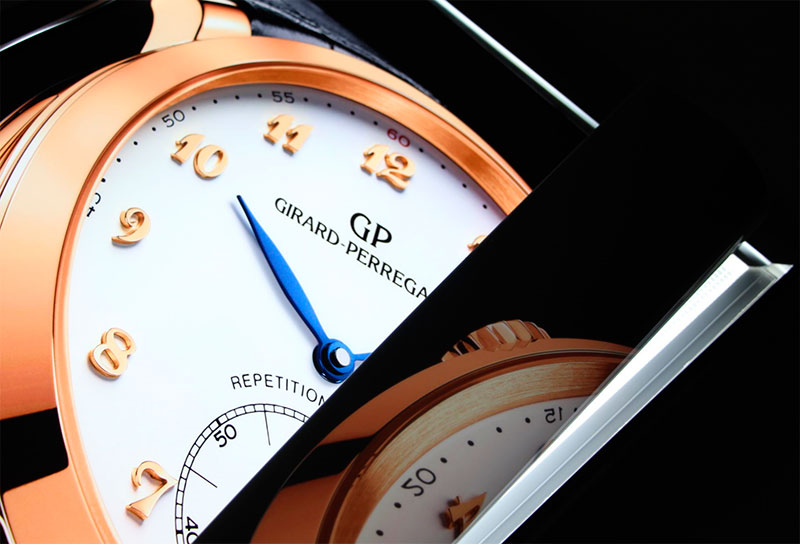The importance of black, and black ‘opacity’
Businesses choose backlit graphics with backlit signage for their promotional displays, instead of plain old posters, because they want brighter colors and therefore more “eye-catching and head-turning”. So of course, as the marketing person, you want the backlit artwork in your Duratrans to have lots of bright colors and compelling imagery, to compete for the attention of the passerby. But equally important as color and content, are (a) the amount of black areas in your artwork, and (b) the opacity of the solid blacks.

First, your backlit graphics will deliver more visual punch if they contain large black areas, by simple virtue of contrast. It’s similar to the principle of less is more — meaning, a backlit Duratrans that contains fewer brightly-colored areas intermixed with or surrounded by high-contrast black areas delivers more visual distinction, more “pop”. In comparison, if your entire lightbox window is fully and equally bright, then out of the corner of the eye it may just register as a big, boring rectangle. But if the colored content on the backlit film is silhouetted within an organic-shaped black boundary, or accented with medium to large-sized black (or very dark) objects, this breaks up the color field dramatically, demanding a second look.
Second, make sure the black areas are fully black, by imaging your artwork onto duratrans film (as compared to inkjet film) because duratrans uses a photochemical process to deposit a light-blocking layer of emulsion onto the film for your black areas, instead of just a semi-translucent ink, which is what inkjet processes give you. Black inkjet ink is semi-translucent by necessity, because it must also mix with other colors to yield process color. The true duratrans process leap-frogs the inkjet process when it comes to solid blacks, because instead of just spraying a murky-dark ink to achieve “black”, it builds a layer of opaque emulsion which actually blocks the light from transmitting through the backlit film.
In summary, you can spot a well-conceived backlit artwork by both the frequency of black areas, as well as the deep “car-paint” black coverage that is attainable only with the duratrans process.



